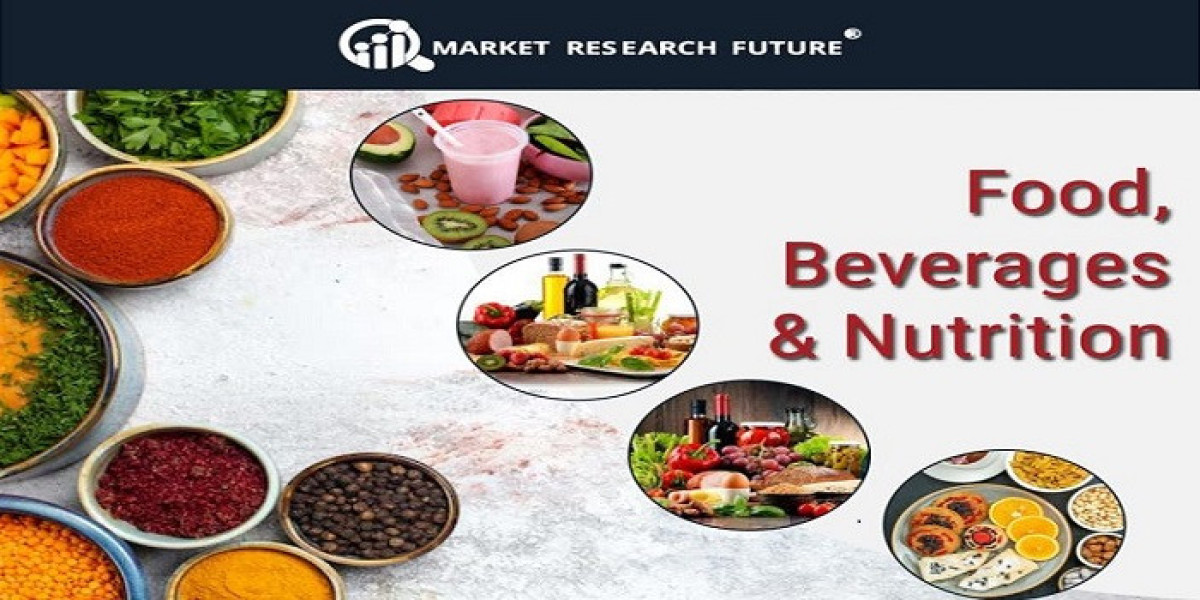The caviar industry—long synonymous with luxury, exclusivity, and culinary sophistication—is entering a phase of robust growth, driven by evolving consumer preferences, rising disposable incomes, and new applications beyond fine dining. According to Market Research Future, the global caviar market was valued at about USD 0.33 billion in 2023 and is projected to grow to USD 0.69 billion by 2032, implying a compound annual growth rate (CAGR) of 9.25 % over 2024–2032.
Key Growth Drivers
Rising Demand in Food & Beverage Sector
As gourmet dining and premium ingredients become more accessible, restaurants, hotels, and fine dining chains are increasingly integrating caviar into menus. The “Hotel & Restaurants” segment is expected to be among the fastest growing distribution channels over the forecast period. Cosmetic, Skincare & Pharmaceutical Uses
Beyond food, caviar is finding traction in the skincare and pharmaceutical markets. Rich in omega-3 fatty acids, vitamins A, E, B, and trace minerals, caviar-derived extracts are marketed for skin hydration, antioxidant effects, and nutritional supplementation.Product Innovation & Premiumization
Producers are launching novel caviar varieties, sustainable labels, traceability certification, and refined packaging to attract discerning consumers willing to pay a premium.Regional Expansion—Asia Pacific Leading
In 2022, Asia-Pacific held about 30.4 % of the global caviar market share, making it a dominant regional player. Growth in this region is supported by rising consumer spending, increased awareness of health foods, and stronger distribution networks.
Market Segmentation & Preferences
The report segments the caviar market by type, including Sevruga, Osetra, Beluga, and “Others.” Among these, Sevruga is noted to hold a majority share in earlier years, thanks to a combination of premium appeal and somewhat more accessible pricing compared to Beluga.
In terms of distribution channels, aside from hotels and restaurants, the market also includes retail stores, airlines & cruise ships, and other channels. The food-service (on-trade) channels are expected to grow strongly over the forecast period. Challenges & Risks
Supply constraints & endangered species regulation
The sturgeon species that yield premium caviar are under pressure from overfishing and habitat loss. Strict international regulations (e.g., CITES) and quotas constrain wild catch volumes, raising barriers for expansion.High production costs & price volatility
Aquaculture, feed, energy, and labor costs can fluctuate, affecting overall margins. Premium caviar often commands high per-ounce prices, which may make it vulnerable during economic downturns.Authenticity, fraud & counterfeiting
Given the high value of caviar, mislabeling, adulteration, and counterfeit products can undermine consumer trust. Recent studies have uncovered that a nontrivial percentage of commercial caviar is mislabeled or sourced illegally. (See, e.g., Time article on caviar fraud)
Future Outlook & Opportunities
Sustainable aquaculture & RAS systems
Recirculating aquaculture systems (RAS) are being adopted to improve yield while minimizing ecological impact. This technology can increase production without stressing wild stocks.Traceability & blockchain for trust
Blockchain and supply-chain transparency are emerging as tools to guarantee product origin and quality, enhancing consumer confidence in sustainable or certified caviar.Emerging markets & mass affluent consumers
China, India, Southeast Asia, and Latin America represent growth frontiers. As luxury exposure increases, caviar may migrate beyond elite diners to premium household consumption. Hybrid & plant-based caviar alternatives
Though still niche, vegan or lab-grown caviar substitutes can appeal to environmentally conscious or dietary-restricted consumers, offering a lower-cost or scalable complement to traditional caviar. Some reports already mention vegan caviar as a rising segment.
Conclusion
The caviar market occupies an intriguing intersection of luxury, health, and sustainability. With a projected doubling of value by 2032 (from USD 0.33 b to 0.69 b), the opportunity is evident. But success will depend on navigating regulatory constraints, ensuring authenticity, and innovating in product and branding. For producers, investors, and enthusiasts, now is a pivotal time to watch—and participate in—the future of caviar.







